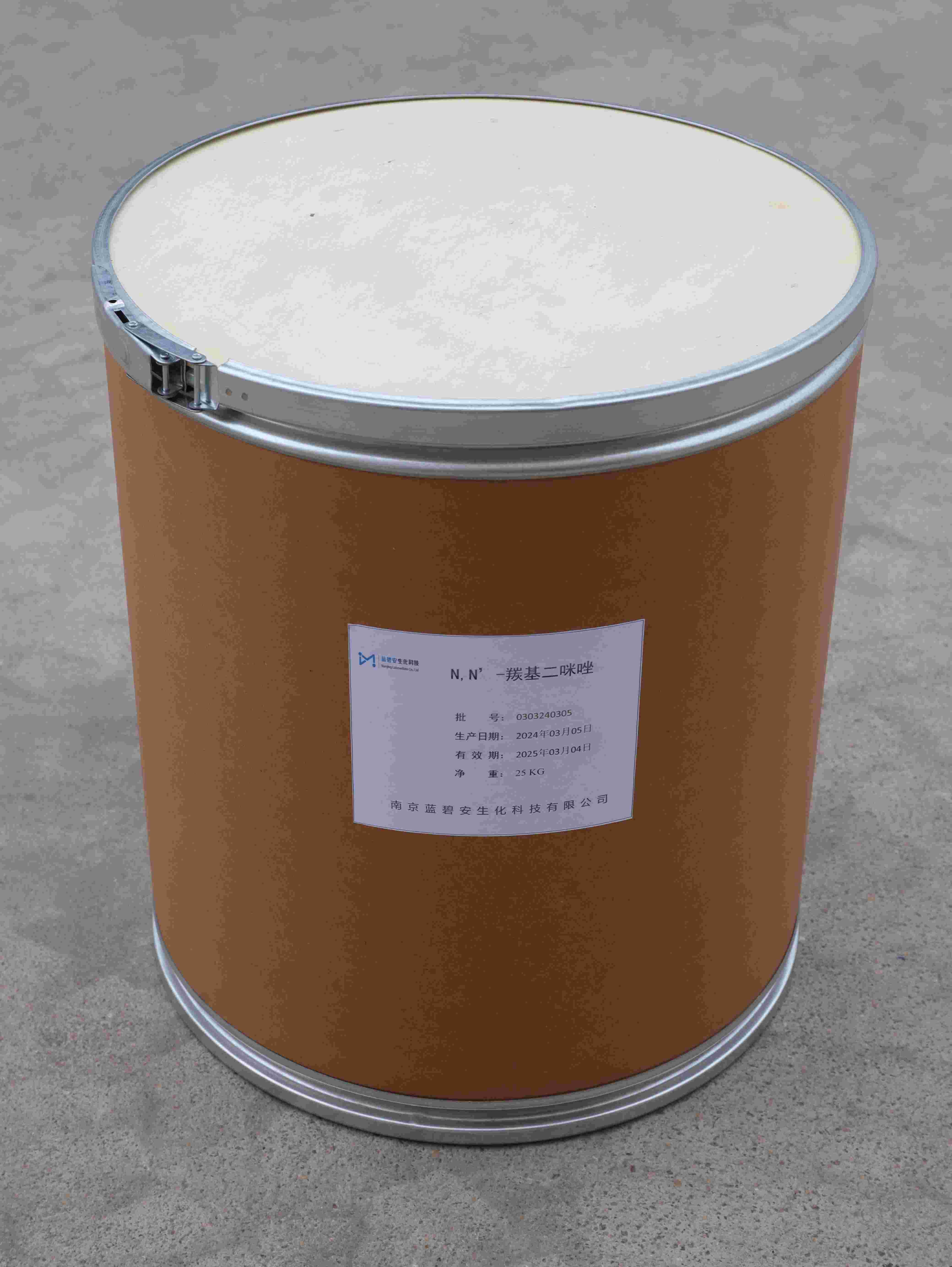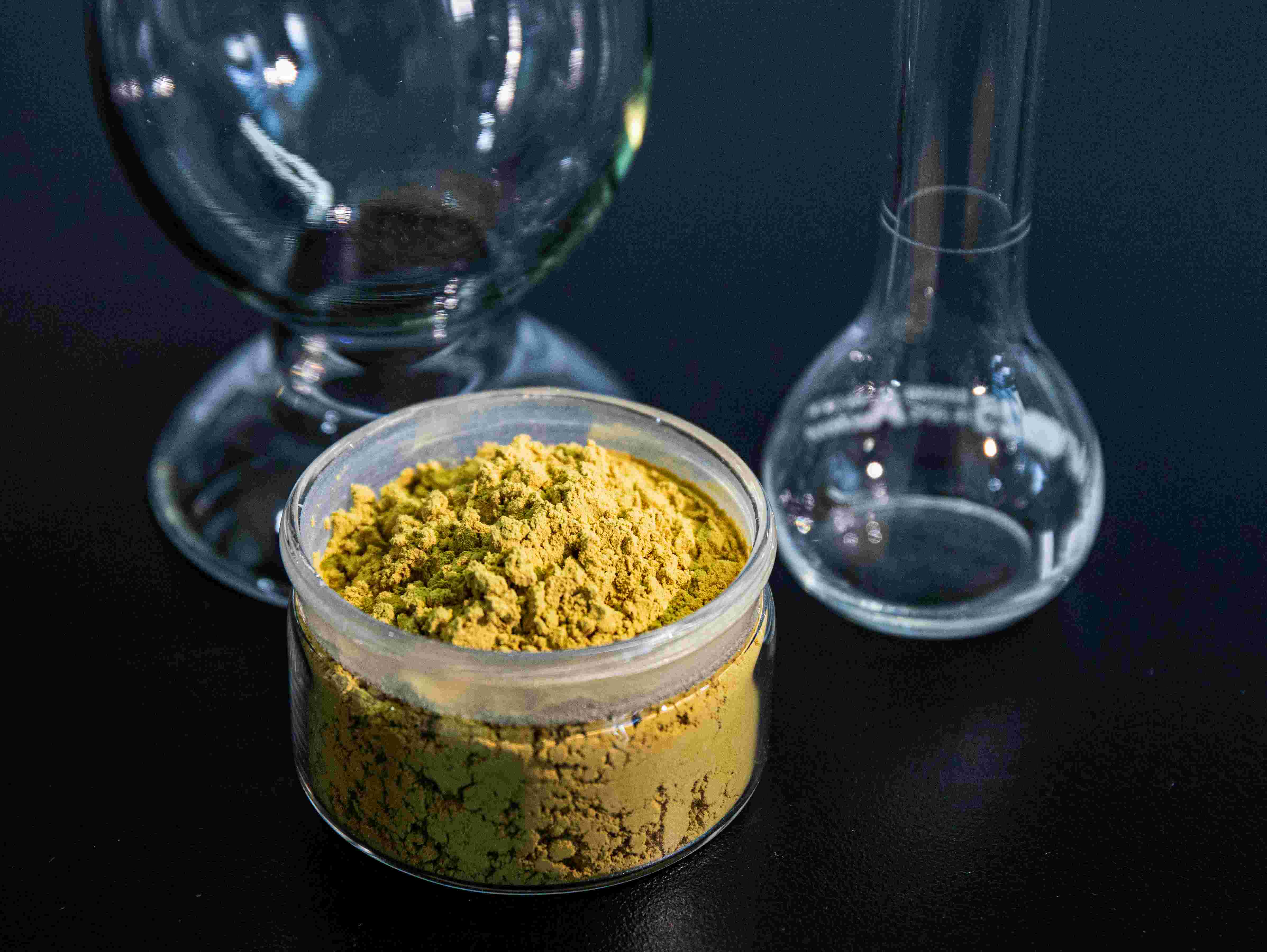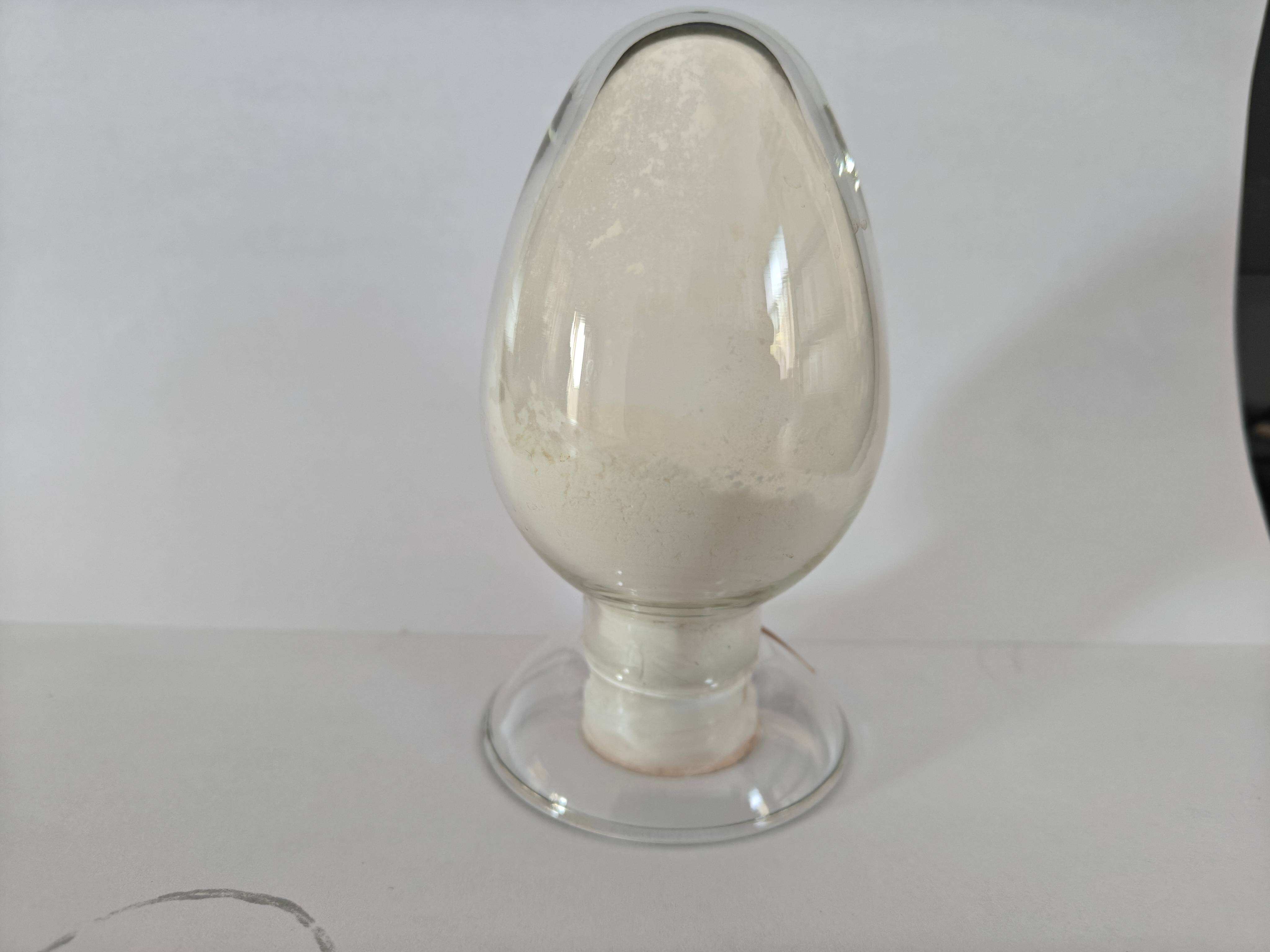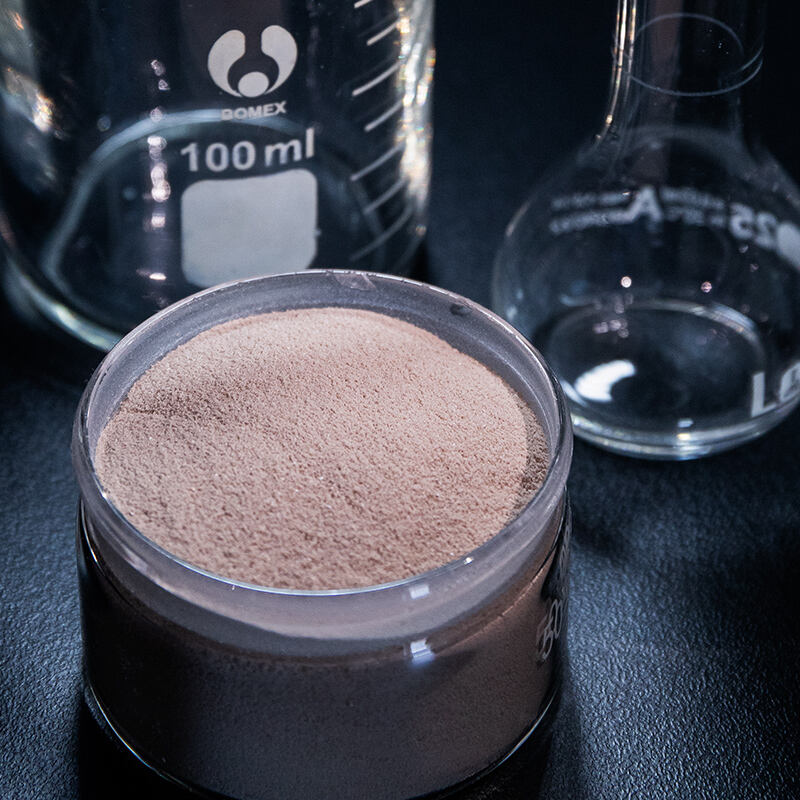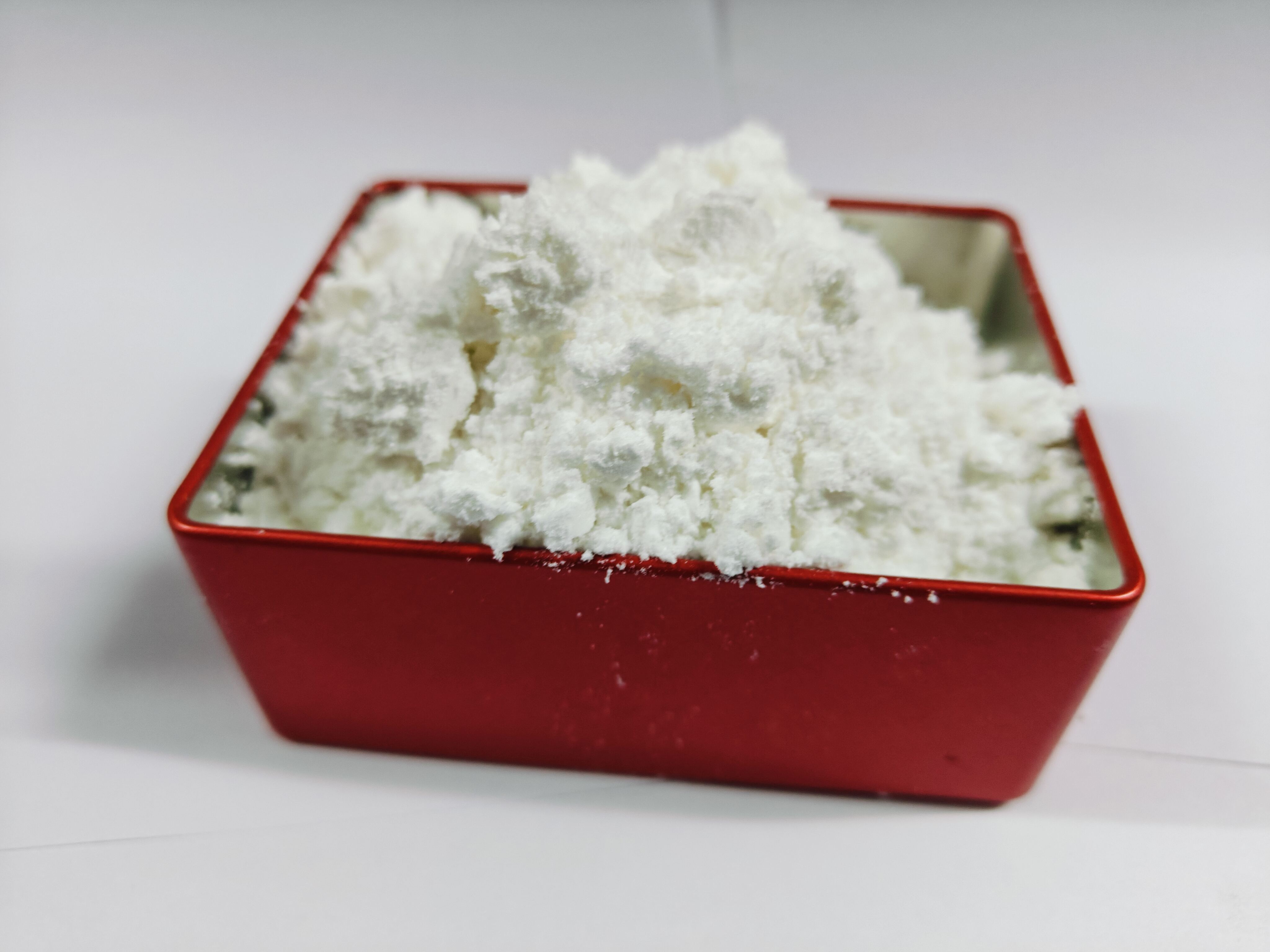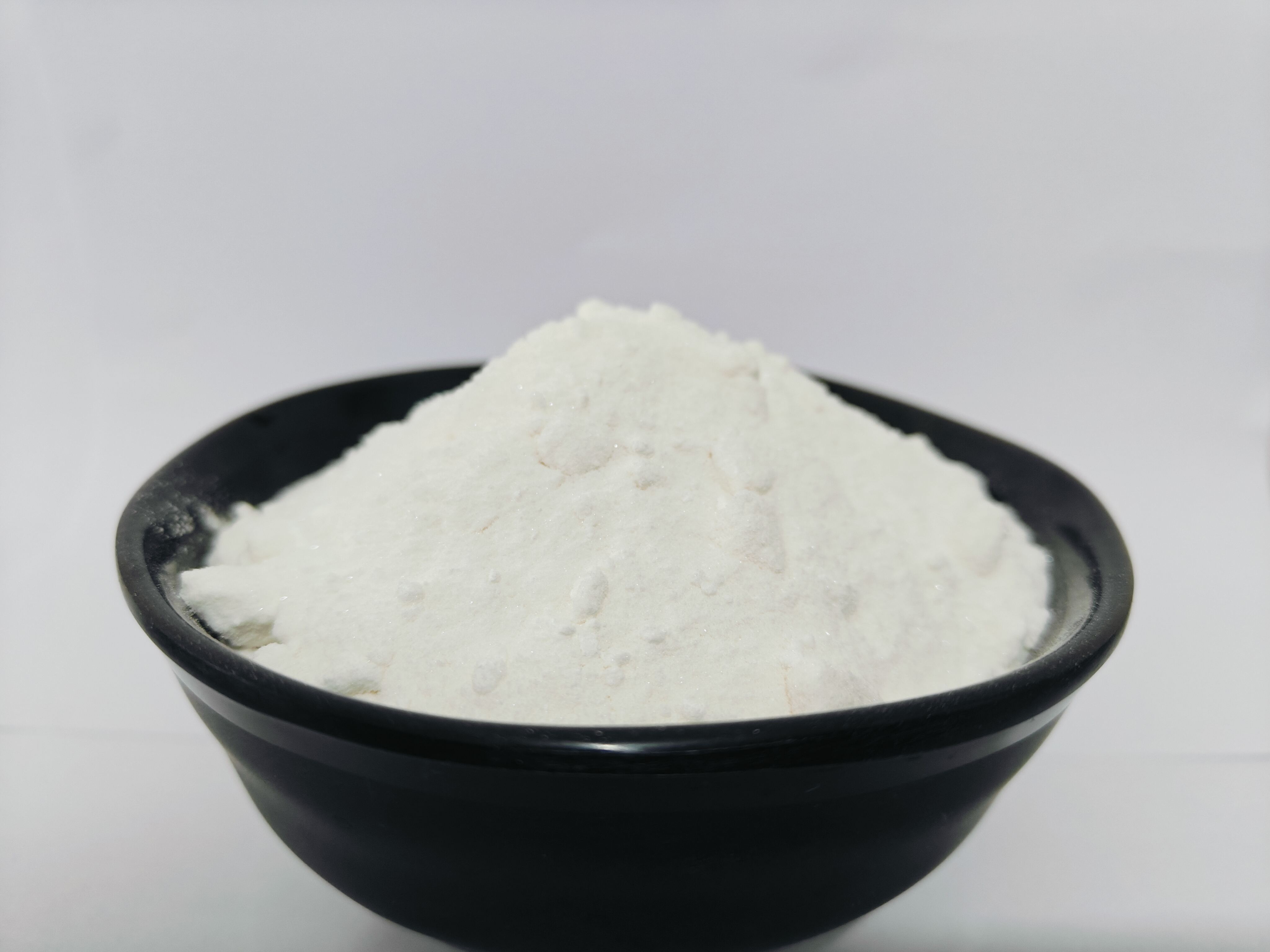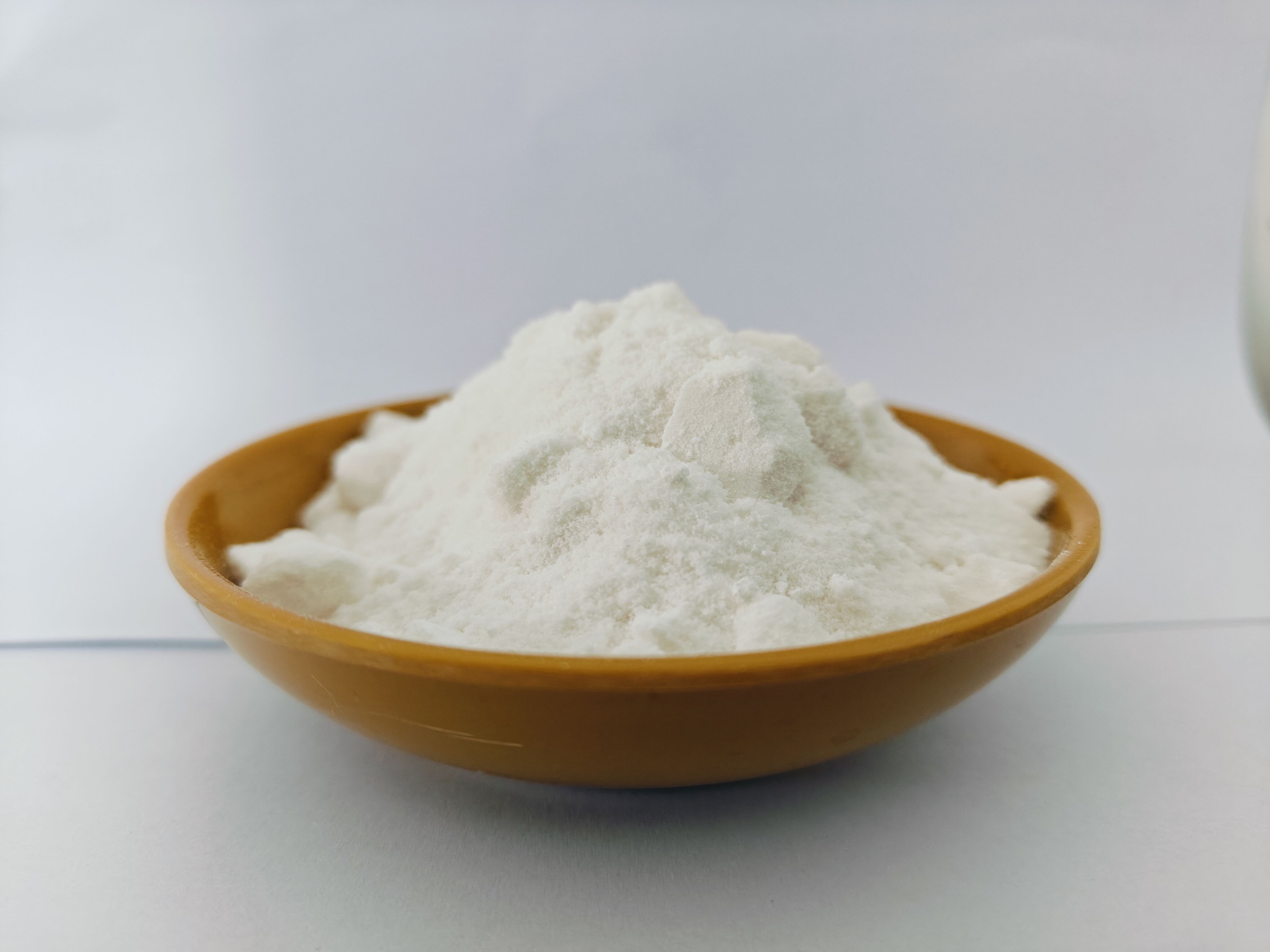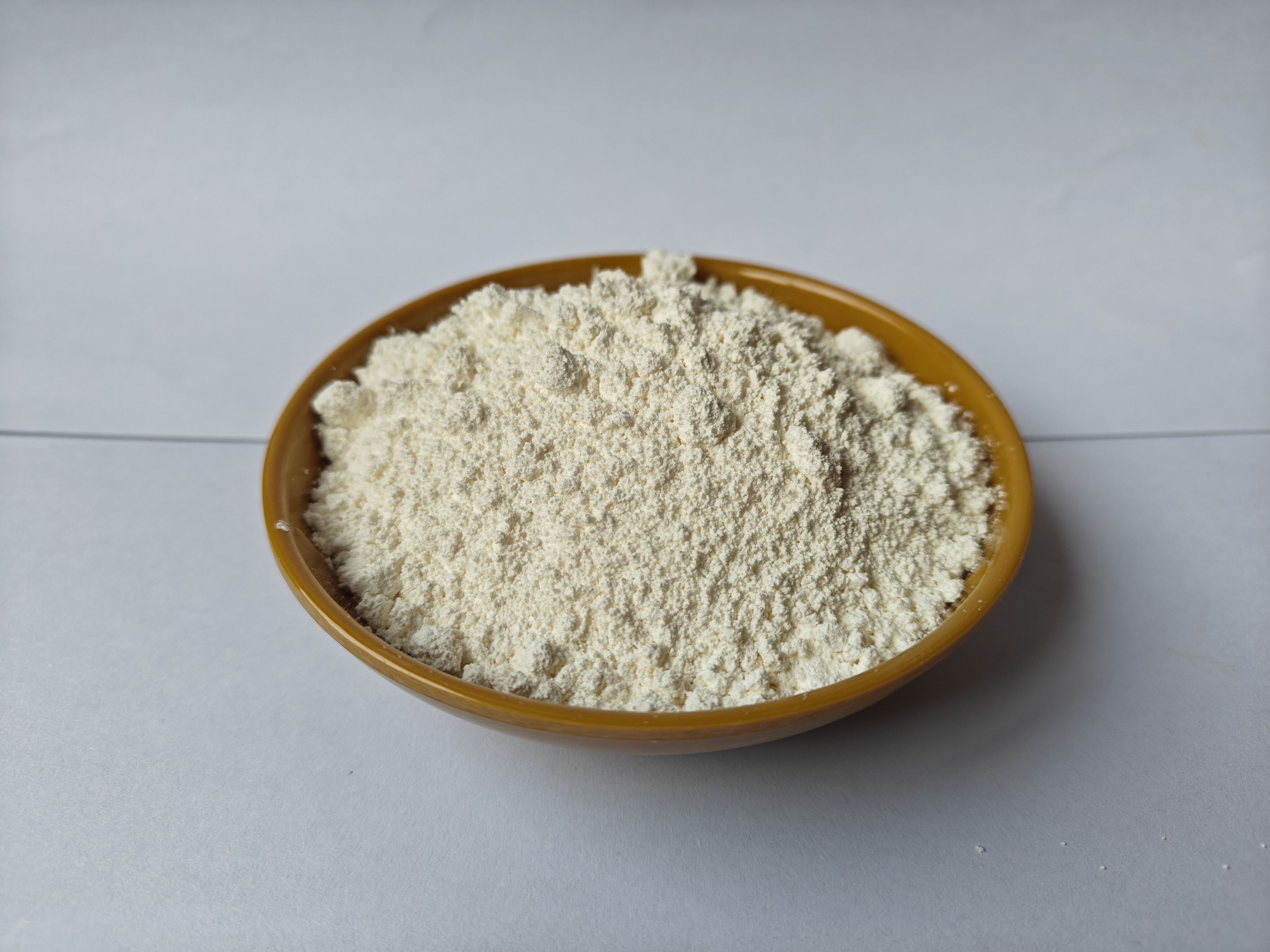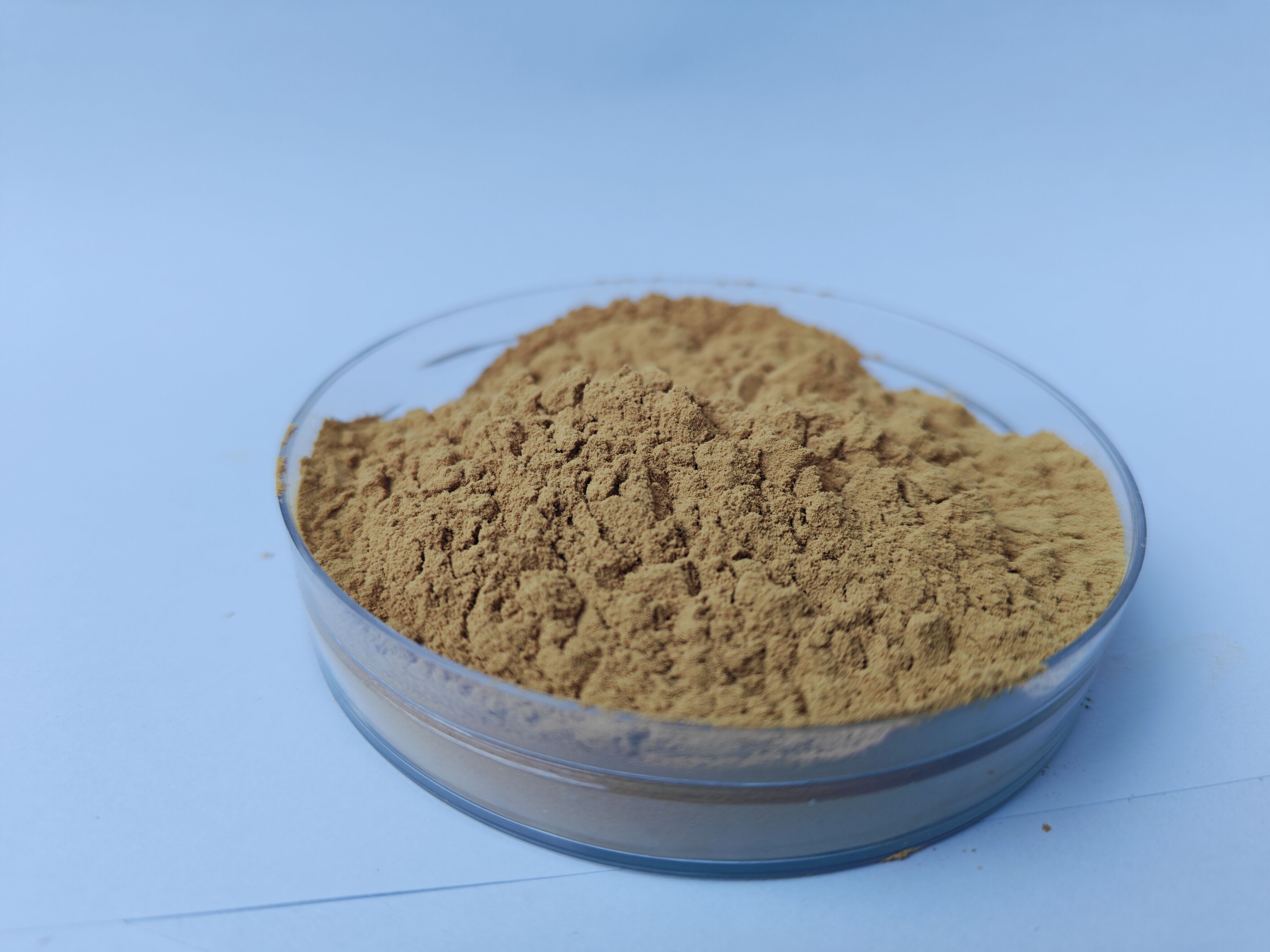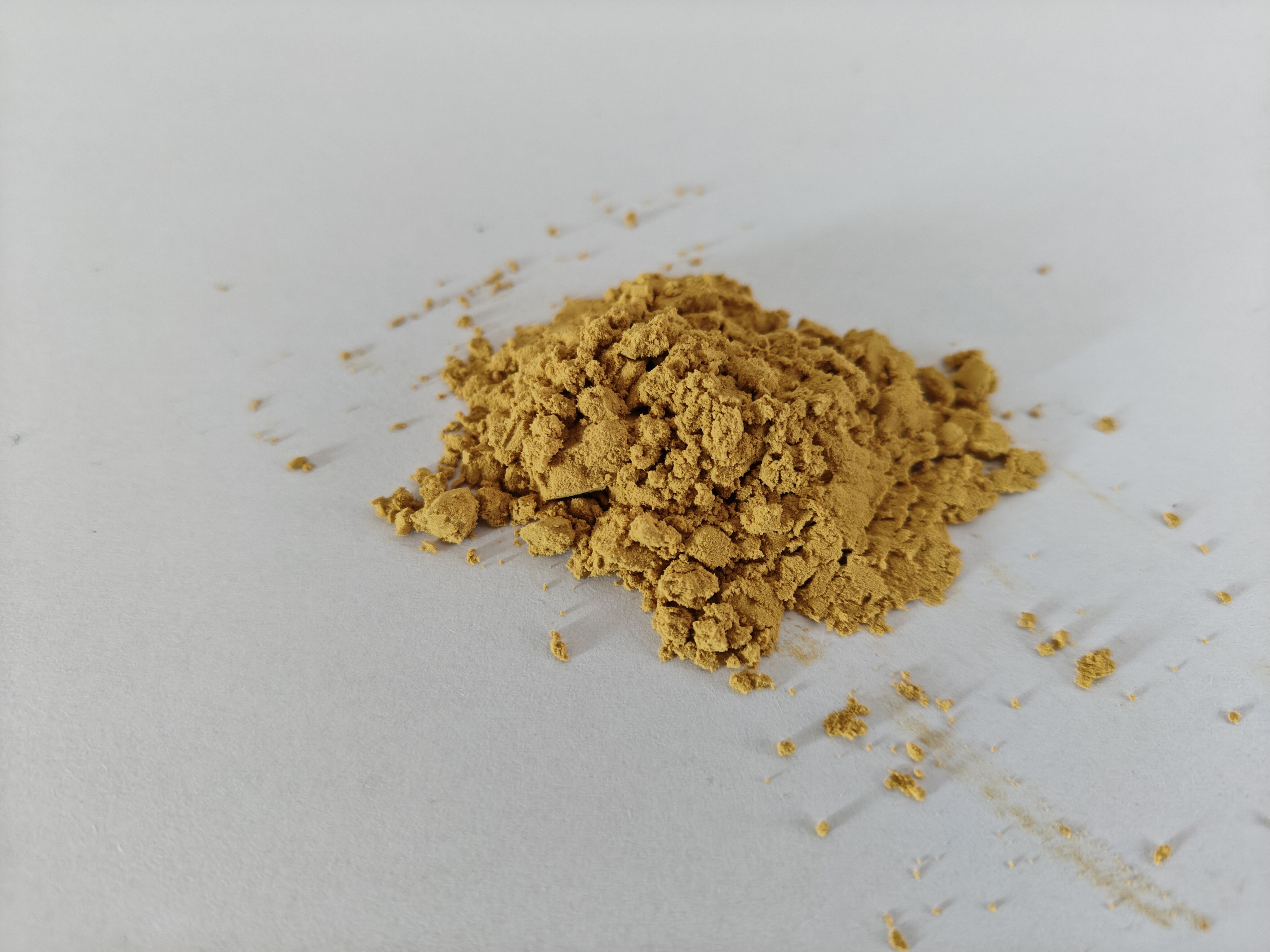stabilność termiczna tppbq
Stabilność termiczna TPPBQ (tetrafenyl-p-benzochinonu) stanowi kluczową cechę, która czyni go niezastąpionym w różnych zastosowaniach przemysłowych i badawczych. Ten związek wykazuje zdumiewające odporność na wysokie temperatury, zachowując swoją integralność strukturalną i właściwości chemiczne w szerokim zakresie temperatur. Stabilność termiczna TPPBQ jest charakteryzowana przez jego wysoką temperaturę rozkładu i opór na degradację termiczną, co sprawia, że jest szczególnie przydatny w zastosowaniach przy wysokich temperaturach. W warunkach przemysłowych ta stabilność termiczna pozwala TPPBQ działać skutecznie jako materiał odporny na wysokie temperatury w komponentach elektronicznych, dodatkach polimerowych i materiałach interfejsowych termicznych. Zdolność tego związku do wytrzymywania podwyższonej temperatury bez istotnej degradacji lub zmian właściwości spowodowała jego powszechne zastosowanie w zaawansowanych procesach produkcyjnych. Ponadto, stabilność termiczna TPPBQ przyczynia się do jego niezawodności jako pośrednika chemicznego w różnych reakcjach syntezy, zwłaszcza tych wymagających utrzymywania wysokich temperatur. Ta stabilność gwarantuje również spójny wydajność w zastosowaniach takich jak elektronika organiczna, gdzie zarządzanie temperaturą jest krytyczne. Odporność tego związku na rozkład termiczny czyni go doskonałym wyborem dla zastosowań wymagających długoterminowej trwałości w warunkach trudnych termicznie.

